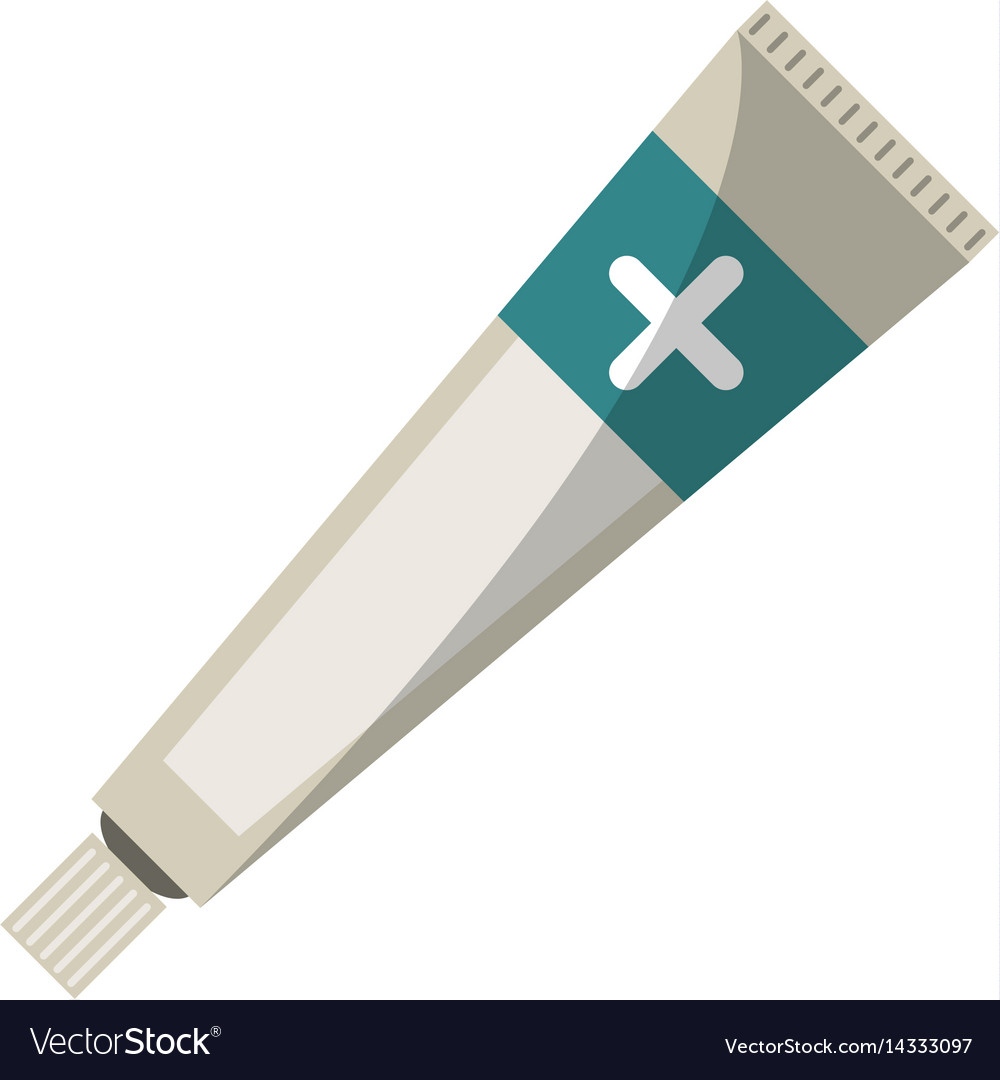Indications
Sevoflurane is indicated for induction and maintenance of general anesthesia in adult and pediatric patients for inpatient and outpatient surgery. Sevoflurane should be administered only by persons trained in the administration of general anesthesia. Facilities for maintenance of a patent airway, artificial ventilation, oxygen enrichment, and circulatory resuscitationmust be immediately available. Since level of anesthesia may be altered rapidly, only vaporizers producing predictable concentrations of sevoflurane should be used.
Pharmacology
Sevoflurane is a volatile halogenated general anaesthetic that has a minimum alveolar concentration (MAC) value ranging from 1.4% to 3.3%. It alters the activity of fast synaptic neurotransmitter receptors like nicotinic acetylcholine, GABA, and glutamate. It may depress myocardial contractility and decrease both BP and sympathetic nervous activity. Additionally, it has muscle relaxant properties w/o analgesia
Dosage And Administration
he concentration of sevoflurane being delivered from a vaporizer during anesthesia should be known. This may be accomplished by using a vaporizer calibrated specifically for sevoflurane. The administration of general anesthesia must be individualized based on the patient's response.
Replacement Of Desiccated CO2 Absorbents: When a clinician suspects that the CO2 absorbent may be desiccated, it should be replaced. The exothermic reaction that occurs with sevoflurane and CO2 absorbents is increased when the CO2 absorbent becomes desiccated, such as after an extended period of dry gas flow through the CO2 absorbent canisters
Pre-anesthetic Medication: No specific premedication is either indicated or contraindicated with sevoflurane. The decision as to whether or not to premedicate and the choice of premedication is left to the discretion of the anesthesiologist
Induction: Sevoflurane has a nonpungent odor and does not cause respiratory irritability; it is suitable for mask induction in pediatrics and adults
Maintenance: Surgical levels of anesthesia can usually be achieved with concentrations of 0.5-3% sevoflurane with or without the concomitant use of nitrous oxide. Sevoflurane can be administered with any type of anesthesia circuit
Interaction
Increased metabolism and toxicity with drugs that induce CYP2E1 isoenzyme (e.g. isoniazid). Reduced MAC with benzodiazepines, opioids. May cause ventricular arrhythmia with β-sympathomimetic agents (e.g. isoprenaline), and α- and β-sympathomimetic agents (e.g. adrenaline, noradrenaline). May cause crisis during operation with nonselective MAO inhibitors. May lead to marked hypotension and risk of additive negative inotropic effect with Ca antagonists (esp dihydropyridines).
Contraindications
Sevoflurane can cause malignant hyperthermia. It should not be used in patients with known sensitivity to sevoflurane or to other halogenated agents nor in patients with known or suspected susceptibility to malignant hyperthermia.
Side Effects
Cardiorespiratory depression, hypotension, bradycardia; laryngospasm, increased cough and salivation; urinary retention, acute renal failure, changes in liver enzyme values, liver damage; nausea, vomiting, delirium, seizure; rash, urticaria, pruritus, dyspnoea, wheezing, chest discomfort, bronchospasm, anaphylactic/anaphylactoid reaction; agitation, dystonic movements (childn).
Pregnancy And Lactation
Pregnancy Category B. Reproduction studies have been performed in rats and rabbits at doses up to 1 MAC (minimum alveolar concentration) without CO2 absorbent and have revealed no evidence of impaired fertility or harm to the fetus due to sevoflurane at 0.3 MAC, the highest nontoxic dose. Developmental and reproductive toxicity studies of sevoflurane in animals in the presence of strong alkalies (i.e., degradation of sevoflurane and production of Compound A) have not been conducted. There are no adequate and well-controlled studies in pregnant women. Because animal reproduction studies are not always predictive of human response, sevoflurane should be used during pregnancy only if clearly needed.
Labor And Delivery: Sevoflurane has been used as part of general anesthesia for elective cesarean section in 29 women. There were no untoward effects in mother or neonate (see Pharmacodynamics - Clinical Trials). The safety of sevoflurane in labor and delivery has not been demonstrated.
Nursing Mothers: The concentrations of sevoflurane in milk are probably of no clinical importance 24 hours after anesthesia. Because of rapid washout, sevoflurane concentrations in milk are predicted to be below those found with many other volatile anesthetics.
Precautions And Warnings
Patient with increased intracranial pressure, neuromuscular disease (esp Duchenne muscular dystrophy), mitochondrial disorders. Patient who are hypovolaemic, hypotensive, haemodynamically compromised, at risk of QT prolongation. Hepatic and renal impairment. Childn. Pregnancy and lactation.
Overdose Effects
In the event of overdosage, or what may appear to be overdosage, the following action should be taken: discontinue administration of sevoflurane, maintain a patent airway, initiate assisted or controlled ventilation with oxygen, and maintain adequate cardiovascular function.
Therapeutic Class
General (Inhalation) anesthetics.
Use in special populations
Geriatric Use: MAC decreases with increasing age. The average concentration of sevoflurane to achieve MAC in an 80 year old is approximately 50% of that required in a 20 year old.
Pediatric Use: Induction and maintenance of general anesthesia with sevoflurane have been established in controlled clinical trials in pediatric patients aged 1 to 18 years. Sevoflurane has a nonpungent odor and is suitable for mask induction in pediatric patients.
The concentration of sevoflurane required for maintenance of general anesthesia is age dependent. When used in combination with nitrous oxide, the MAC equivalent dose of sevoflurane should be reduced in pediatric patients. MAC in premature infants has not been determined.
The use of sevoflurane has been associated with seizures. The majority of these have occurred in children and young adults starting from 2 months of age, most of whom had no predisposing risk factors. Clinical judgement should be exercised when using sevoflurane in patients who may be at risk for seizures.
Storage Conditions
Store between 15-30° C. Protect from light.
